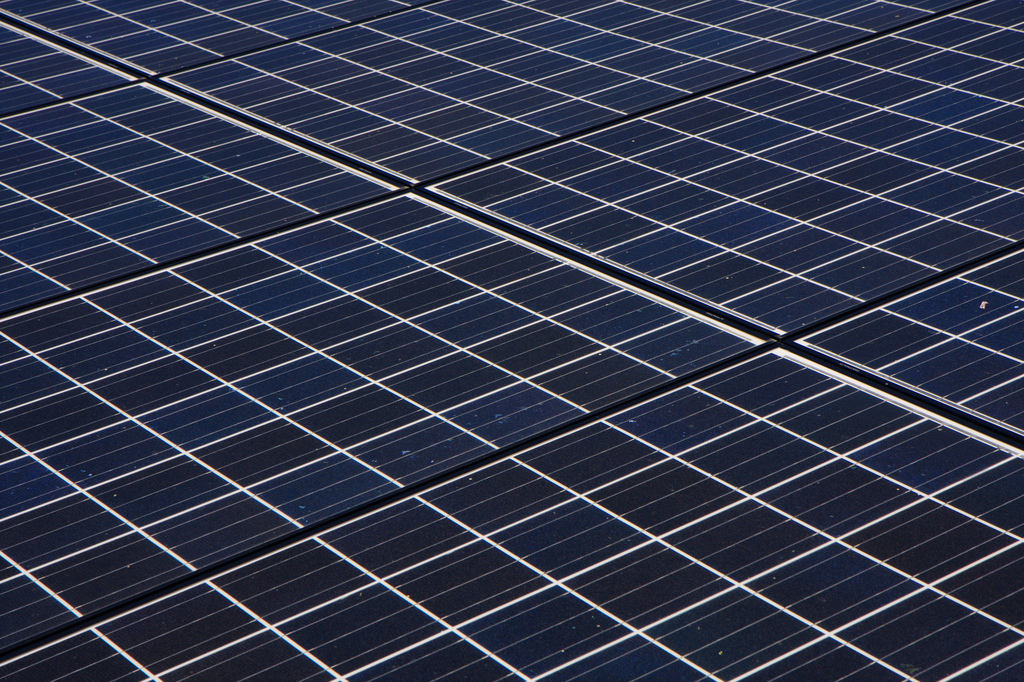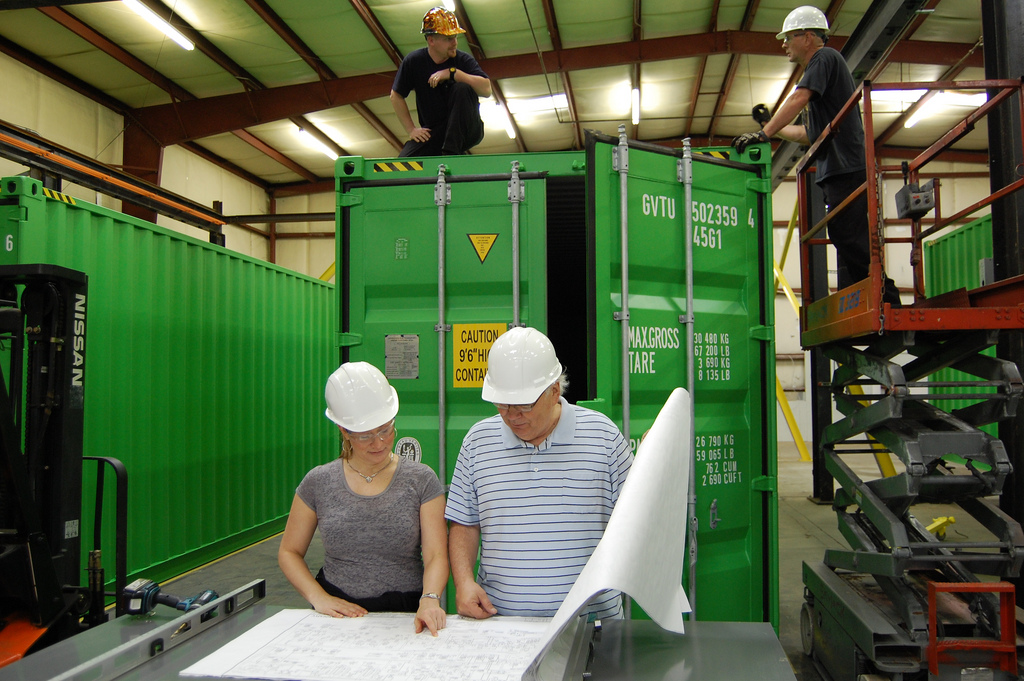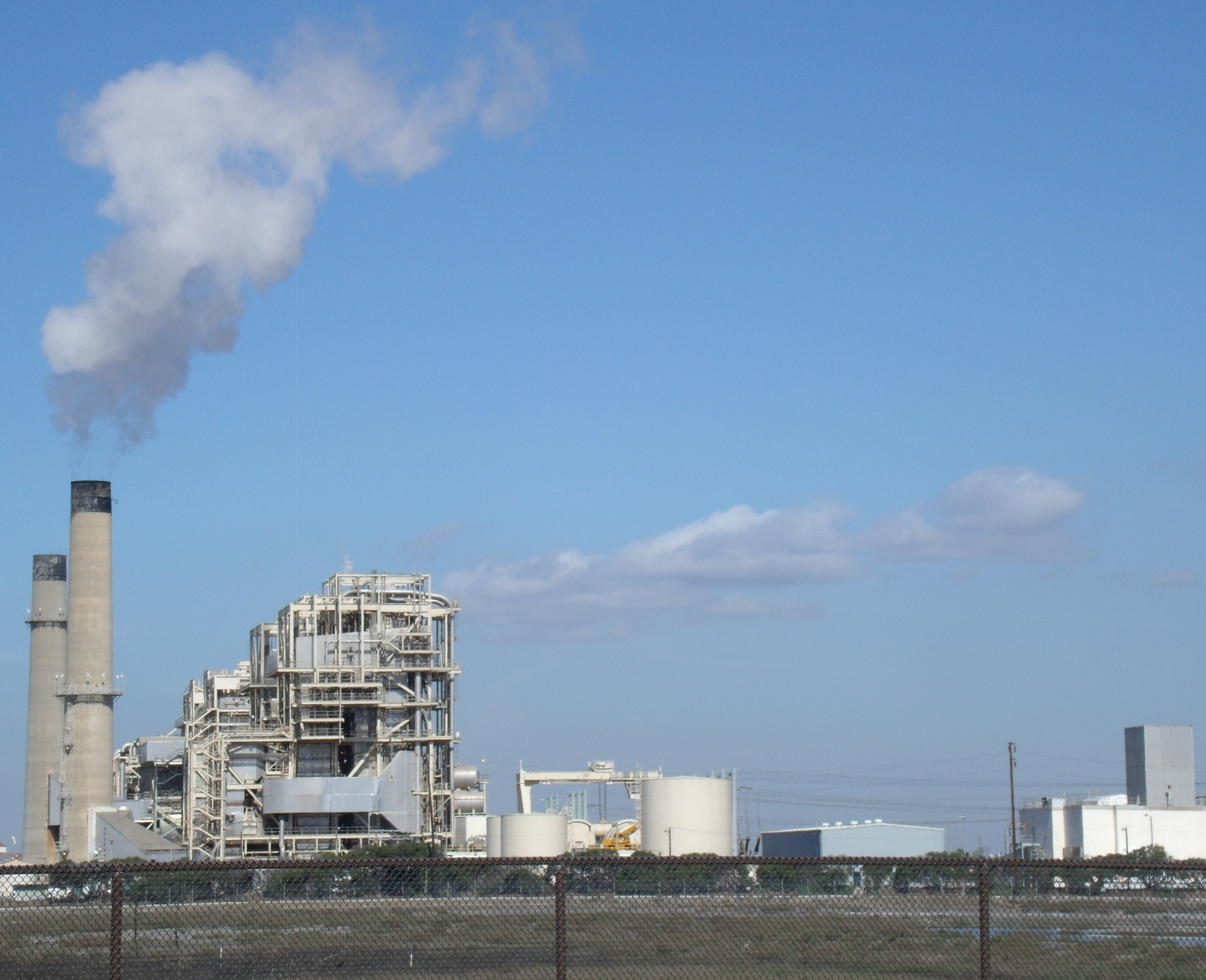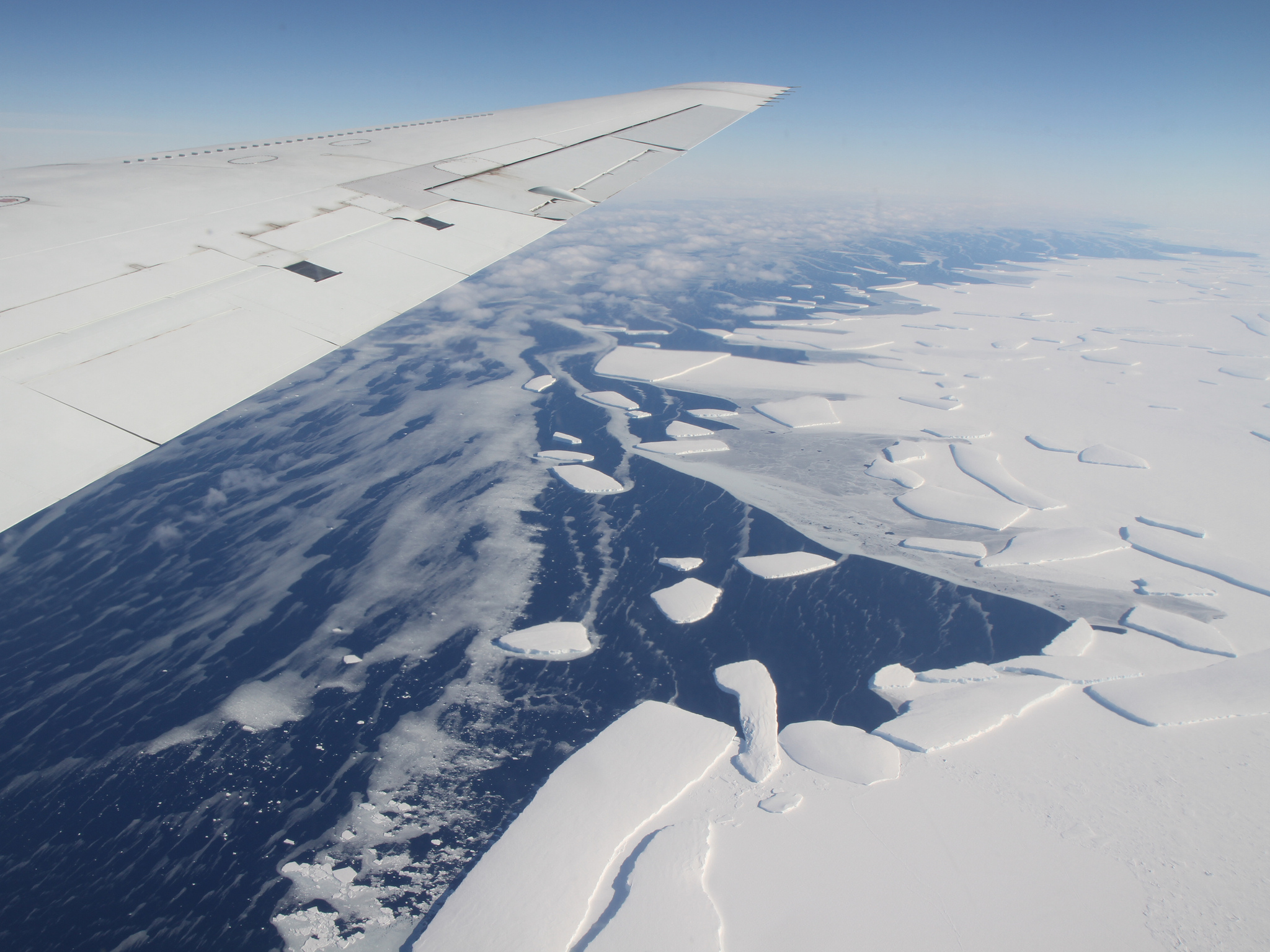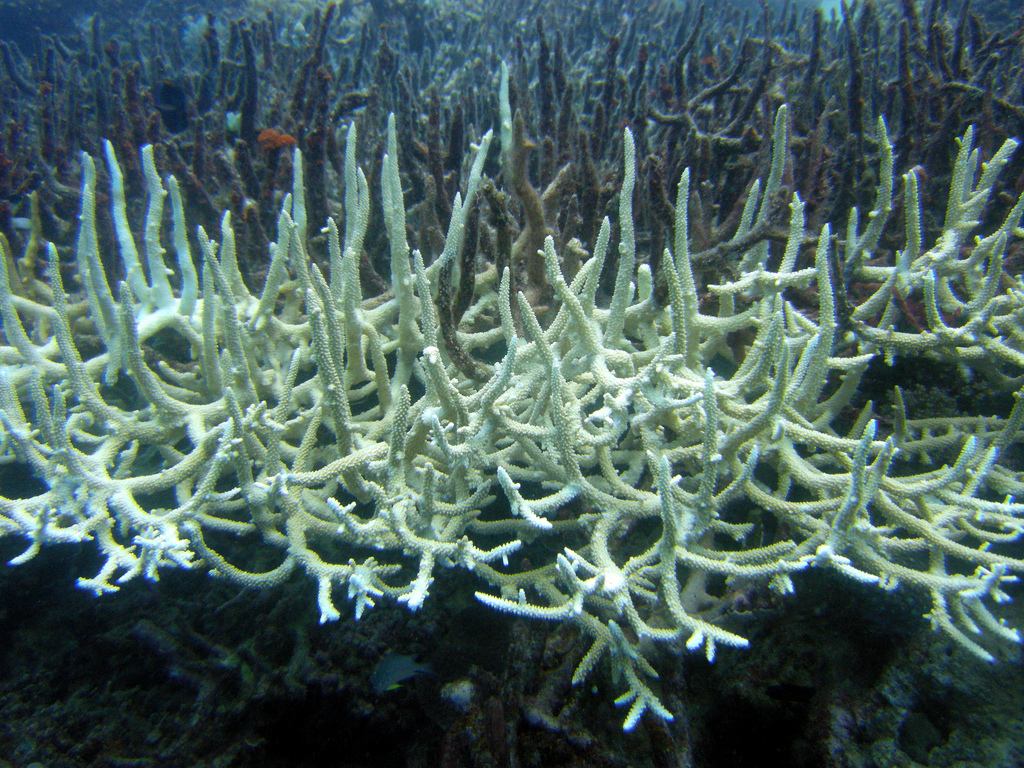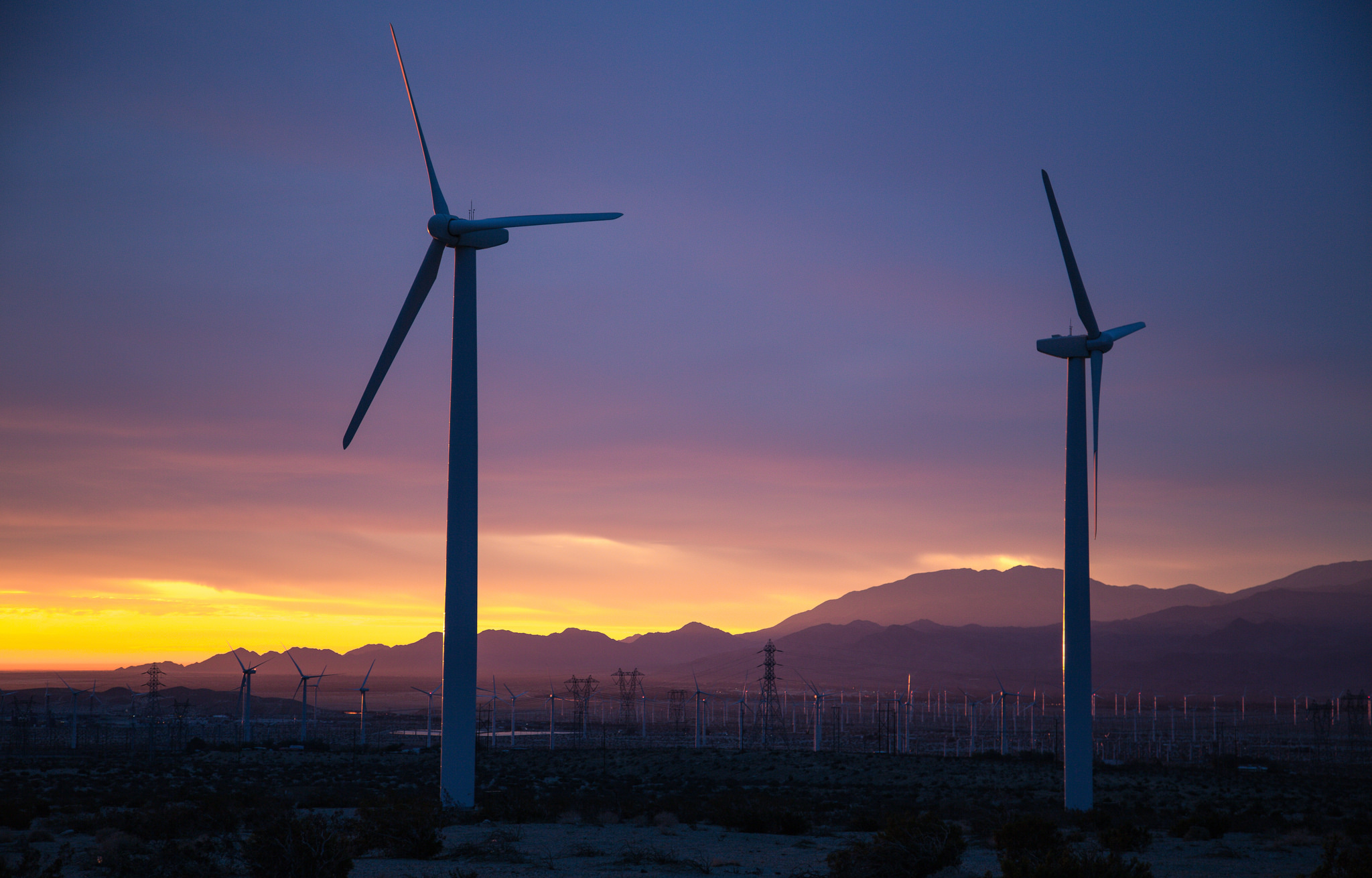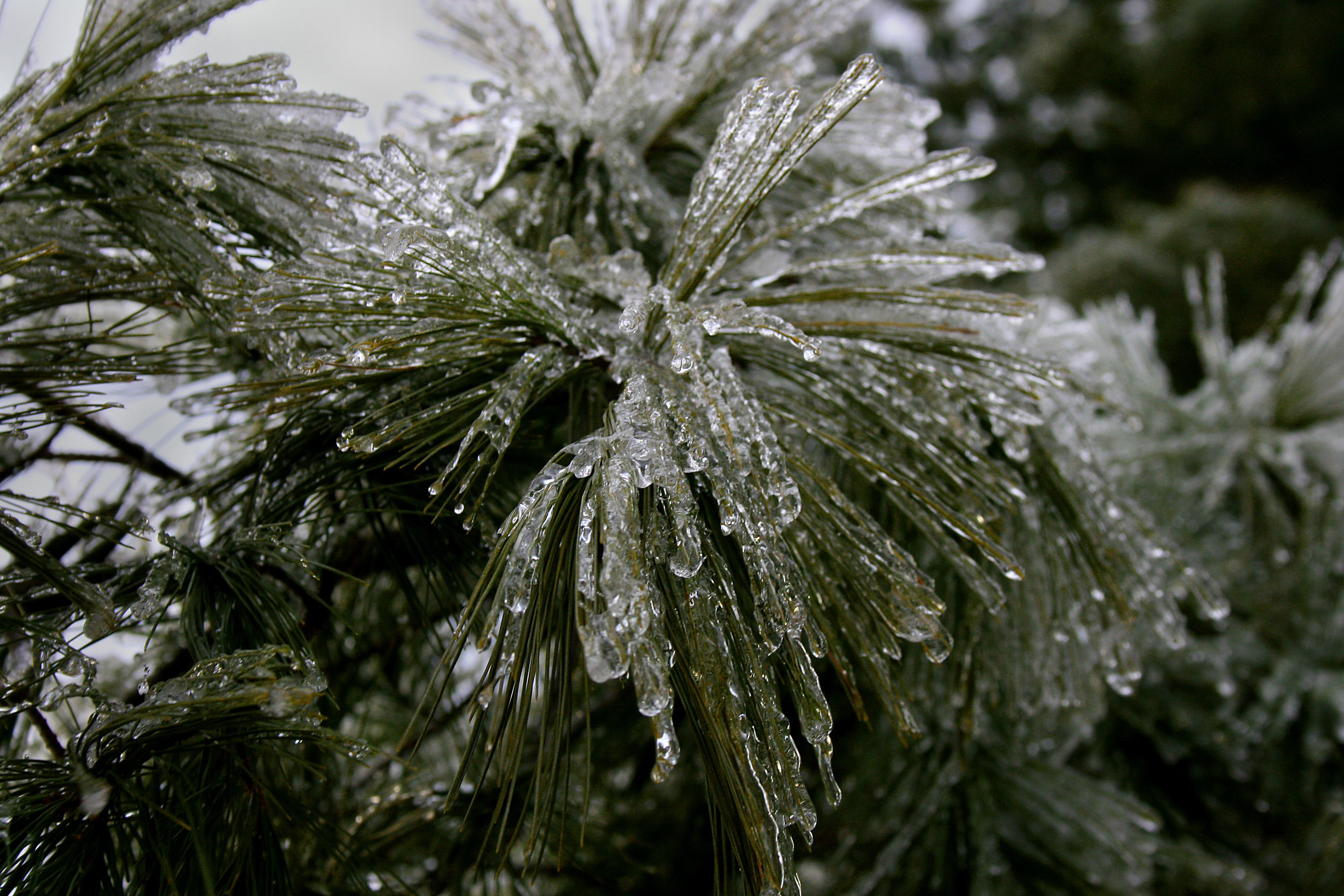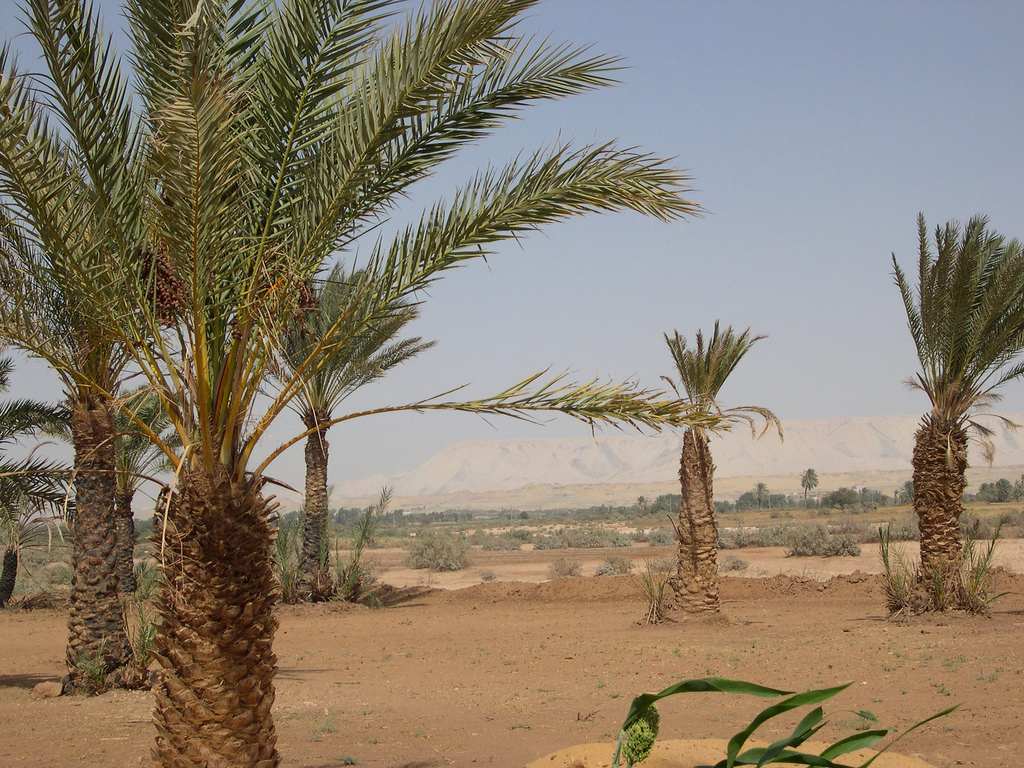Economy and Policy
The Success Of SunShot
Back in 2011, utility-scale solar power cost a little over $4 per watt on average. In February of that year, former Energy Secretary Steven Chu announced the SunShot initiative, which had the goal of reducing the total cost of photovoltaic systems by 75% to the target value of $1 a watt by the year 2020.
A Better Way To Farm Algae
Microalgae biofuels may provide a viable alternative to fossil fuels. Algae efficiently use CO2 and can produce biomass very quickly. Some species can double their mass in as little as 6 hours. Such single-celled organisms are amenable to high-throughput techniques to evolve new strains, unlike terrestrial biomass sources like corn which can take years to modify.
Corporations To The Rescue
Regardless of the new administration’s position on climate change, America’s corporations have assumed a leadership role in the country’s ability to meet and beat previous domestic climate pledges.
Wind-Powered Trains
The Netherlands – the country long associated with picturesque windmills – is now operating 100% of its electric trains with wind energy.
Positive Environmental News
From melting Arctic ice to dying coral reefs to rising sea levels, there was no shortage of grim environmental news in 2016. But the news wasn’t all bad. There were several bright spots for the environment last year as well.
Reduced Emissions From Electricity Generation
A recent report from the Energy Information Administration notes that for the first time in 40 years, carbon dioxide emissions from electricity generation are less than those from transportation. The reason is that power plants nationwide are abandoning the use of coal and turning to cleaner burning natural gas, as well as newer sources such as solar and wind power.
[Read more…] about Reduced Emissions From Electricity Generation
A Big Wind Farm for New York
The Board of Trustees of the Long Island Power Authority has voted to approve the nation’s largest offshore wind farm, which is also the first offshore wind farm in New York. The South Fork Wind Farm, located 30 miles southeast of Montauk, New York, will be a 90 megawatt facility that will provide enough electricity to power 50,000 Long Island homes and help meet increasing electricity demand on the South Fork of Long Island.
Cracking In The Antarctic
A rapidly-growing crack in the fourth-largest ice shelf in Antarctica has scientists watching for it to break off entirely. By early February, the crack in the Larsen C ice shelf was more than 100 miles long and some parts of it were 2 miles wide. In the two-month period between December and February, the crack grew by 17 miles, a pace of about five football fields a day.
Bleached And Dying
Climate change is posing a major threat to the future of coral reefs. According to a recent United Nations-backed study, if swift action is not taken to curb greenhouse gas emissions, annual coral bleaching events will affect nearly all of the world’s coral reefs. And coral bleaching can result in serious coral mortality – as Australia’s Great Barrier Reef has recently illustrated.
2016 Carbon Progress Report
Last year was a big year for progress in the U.S. power sector. Renewable energy provided nearly 17% of the country’s electricity, up from 13.7% in 2015. The first offshore wind farm in the U.S. opened off the coast of Rhode Island. And most significantly, carbon emissions from the power sector continued to decline and reached the lowest levels in nearly 25 years.
Clean Coal For Real
We have heard the term “clean coal” for years, mostly from politicians and in coal company advertising. The concept sounds good: burn coal but don’t produce carbon dioxide emissions. While there have been various small-scale tests of technologies to accomplish this, it has not actually been a viable option for the power industry.
European Lessons On Food Waste
Americans toss out an almost unbelievable $161 billion worth of food every year. There are numerous efforts underway to address this problem, but they are mostly at the local level or in the business sector. To date, we have no national- or international-level policies that tackle the issue. In this regard, Europe is way ahead of us.
A Soy-Based Air Filter
Particulate matter and toxic chemical pollutants are a pervasive problem in the air people breathe in many places. Poor air quality causes health problems worldwide and is a factor in diseases such as asthma, heart disease and lung disease.
Tiger Poaching
Last year, tiger poaching in India jumped to its highest levels in 15 years. The spike was the result of killings by gangs of poachers, tigers being snared by locals trying to trap other animals for food, and by cutbacks in anti-poaching efforts because of budget cuts.
Last Year Was Hot
Last year was not the hottest year on record in the United States; it was only the second hottest. 2012 was the hottest because of some searing heat waves that summer. However, 2016 marked 20 above-average temperature years in a row. The five hottest years recorded have all happened since 1998. Every state had a temperature ranking at least in the top seven and both Georgia and Alaska had their hottest years ever. While it was only the second hottest year on record in the U.S., last year was the hottest year for the entire world.
The Arctic Is Getting Crazy
Unprecedented things have been happening with the weather up in the Arctic in recent times. In fact, during the past year, the climate in the Arctic has at times bordered on the absurd.
Plant Protein On The Rise
The United Nations declared 2016 to be the International Year of Pulses. Pulses, which are also known as grain legumes, are a group of 12 crops that includes dry beans, dry peas, chickpeas and lentils. They are high in protein as well as fiber and various vitamins. Pulse crops are highly sustainable and require much less water than many other food crops. So there is a real effort underway to promote their production as part of improving food security around the world.
Northeast Temperatures
A year ago, nearly 200 countries signed an agreement, known as the Paris Accord, to fight climate change by mitigating greenhouse gas emissions. They each promised to reduce their carbon output as soon as possible, and to do their best to keep global warming well below 2-degrees Celsius (or 3.6 degrees Fahrenheit).
Saving Saharan Oases
An oasis is an isolated area of vegetation in a desert, typically surrounding a spring or similar water source such as a pond or a small lake. Oases can provide habitat for animals as well as people. Oases have long been essential for trade and transportation routes in desert areas; caravans typically travel via oases so that supplies of water and food can be replenished.

